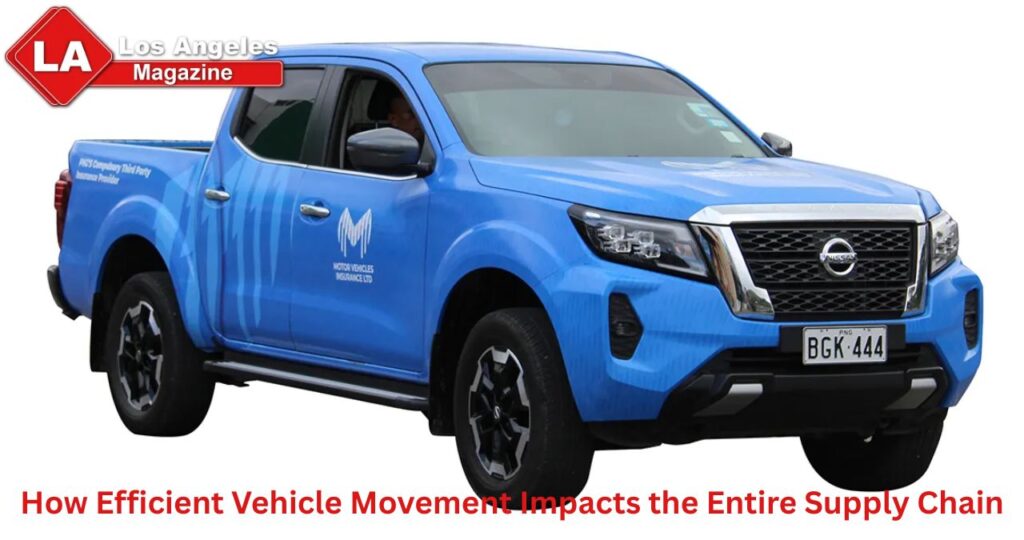When thinking about supply chains, many people imagine warehouses, delivery drivers, or product packaging. However, behind every successful operation lies a less visible but crucial element: vehicle movement. The way goods are transported between hubs, warehouses, and customers plays a defining role in whether supply chains succeed or struggle.
From large-scale retailers to small businesses, efficiency in transport links directly to customer satisfaction, operational costs, and overall business health. Solutions that support smooth vehicle logistics — such as automotive logistics solutions — are vital in maintaining this efficiency across industries.
Why Vehicle Movement Matters More Than You Think
Every stop, delay, or inefficient loading process impacts the bigger picture. Poor vehicle coordination can cause missed deadlines, congested warehouses, and spiralling transport costs. Conversely, when vehicle movement is optimised, supply chains become faster, more predictable, and far more resilient.
At a basic level, fast turnaround at loading bays means vehicles spend less time idling, reducing costs and emissions. At a broader level, it allows inventory to flow consistently, helping businesses meet demand without holding excess stock that ties up cash and warehouse space.
It’s not just about speed, either. Smooth vehicle operations reduce wear and tear on goods during transit, meaning fewer damaged deliveries and happier customers. In industries where margins are slim and expectations are high, these small efficiencies add up to major competitive advantages.
Core Components of Efficient Automotive Logistics
Several factors must align to ensure vehicle movement is as efficient as possible. Key components include:
- Dock and Loading Bay Design: Properly designed loading areas enable faster loading and unloading, ensuring vehicles don’t wait unnecessarily. Adjustable equipment and clear vehicle paths are essential to avoid bottlenecks.
- Scheduling and Route Optimisation: Sophisticated software tools now allow transport managers to plot the most efficient delivery routes, accounting for factors like traffic, weather, and road closures. This reduces travel times and improves reliability.
- Equipment Integration: Using reliable, purpose-built equipment like ramps, stillages, and dock levellers makes the loading process safer and quicker. Vehicle-specific designs are especially important when handling larger goods or heavy machinery.
- Staff Training: Ensuring warehouse teams and drivers understand best practices for safe, efficient loading and unloading protects goods and speeds up workflows.
Each of these components supports the next, creating a system that is both responsive and durable under pressure.
How Efficient Movement Strengthens the Entire Chain
When vehicle logistics operate smoothly, businesses see the benefits across multiple levels. There’s a knock-on effect that improves everything from operational efficiency to customer satisfaction. Deliveries arrive on time, inventory remains at healthy levels, and businesses can plan and forecast with greater accuracy.
Equally important is the environmental impact. Reducing unnecessary trips, idling times, and delays contributes towards more sustainable operations — a growing priority for companies and customers alike.
By investing in better automotive logistics, businesses aren’t just improving today’s operations; they are building a foundation for greater resilience and adaptability long term.



